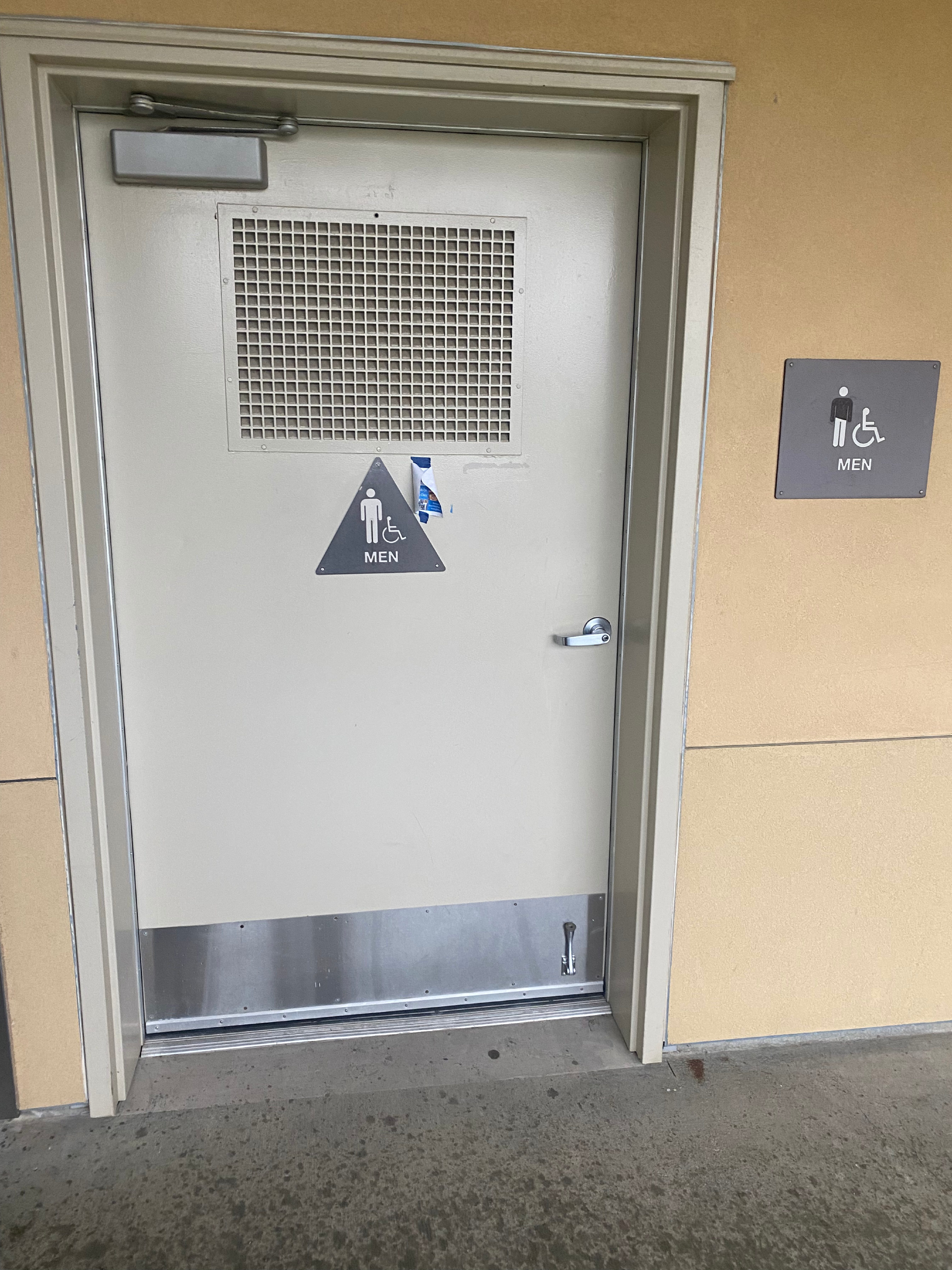The Cost of Shyness
Eagle time: Apr 10, 2018
A racing heartbeat. Trembling hands. Sometimes, even dizziness or nausea. About 20 percent of the population goes through this on a daily basis, but studies may suggest that it’s more than just their environment that causes debilitating shyness in teens.
An article by livescience.com shows that the brains of shy individuals may actually process the world differently than those who are more expressive or outgoing. This is caused by a personality trait called sensory perception sensitivity, or SPS, which may be the reason many teenagers experience symptoms of social distress. This trait is reported in 1 in 8 teens who have difficulty speaking to strangers, take longer to make decisions, or need more time to think to themselves.
However, when these symptoms of extreme nervousness escalate, they can be detrimental to both academic success and mental health.
“I didn’t do group projects or talk to other people in my group,” says an anonymous freshman at Vista del Lago. “My groupmates started to talk behind my back. I was just quiet and I didn’t want to talk to them.”
Due to the significant stress social situations put on students, making friendships are often one of the most difficult challenges they face as they begin high school. Fortunately, speaking to close friends and family allows them to feel more comfortable in a new setting.
“I kind of broke out of it,” the student said. “Anxiety is hard to deal with, but if you have friends who support you, it’s easier.”
Along with the struggles of being a student, many teachers must also adjust to this trait in their classrooms. Shyness becomes an important issue in the classroom when students are evaluated, especially when they lack classroom participation.
“If you are shy, and you’re not speaking in class, that makes it really hard for teachers to tell if you’re engaging,” said English teacher Eric Martin, who still views himself as a shy person.
“You’ve got to make sure your work is solid. I’ve got some students who never talk in class, but they do great essays. And I know they’re listening, I know they’re engaged.” According to Martin, simply speaking in class or joining conversations is one of the best ways to remedy shyness and maintain the best grades possible.
Like many other teachers, Martin believes that this quality in students should be dealt with lightly. Dealing with this difficult trait runs the risk of further damaging student’s academic success or mental wellbeing. While the only way to get past the problem is to address it, there is always the concern of having the student react poorly to their advice. “It makes it scary to put yourself out there in conversations; it’s scary to talk to the teacher, and that’s a big boulder to roll up a hill,” Martin said.
“Make sure you have multiple ways to engage in a classroom. Sometimes it’s really scary to have to talk in front of an entire class.” Martin suggests things such as reading out loud, discussing in small groups or having conversations as a class that offer several different ways to engage people who have difficulty participating.
For students struggling with shyness, one of the best ways to get rid of social distress is practice. Many find that being more involved in relationships or participating more in group activities sparks confidence in themselves. Shyness can also come in the form of social anxiety disorder, or a social phobia, which may require professional help or prescribed medication to overcome.
While social anxiety and shyness may be difficult for students, there are many ways to combat the symptoms that may prevent people from doing things they want. Vista del Lago has counseling available, as well as teachers and staff willing to work with students to help them succeed despite setbacks such as shyness and social anxiety in the classroom.








































